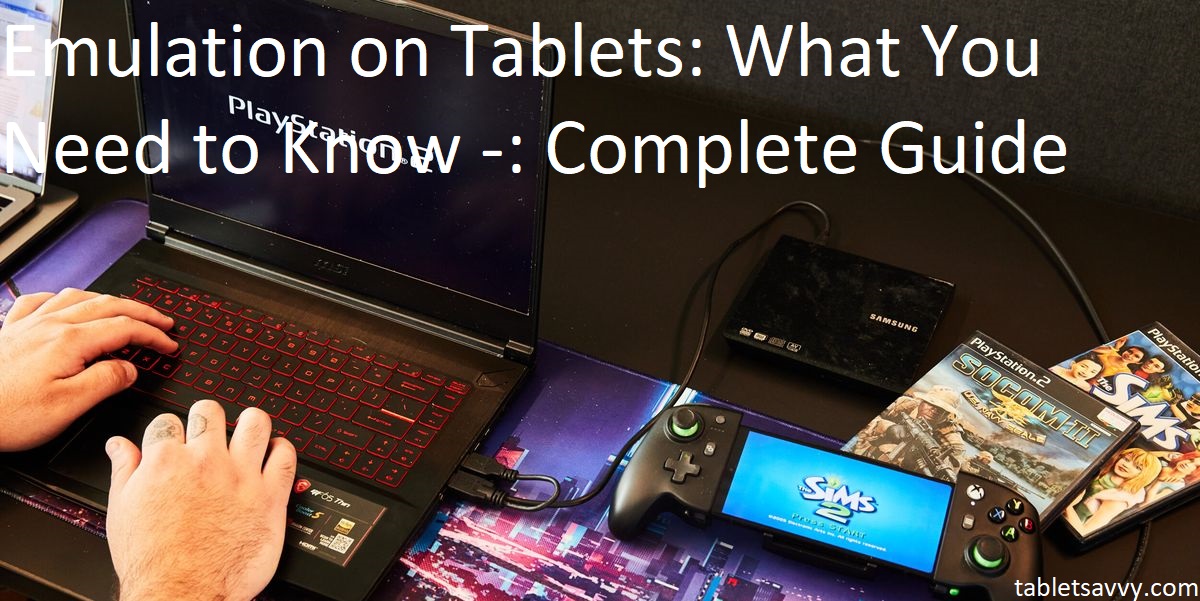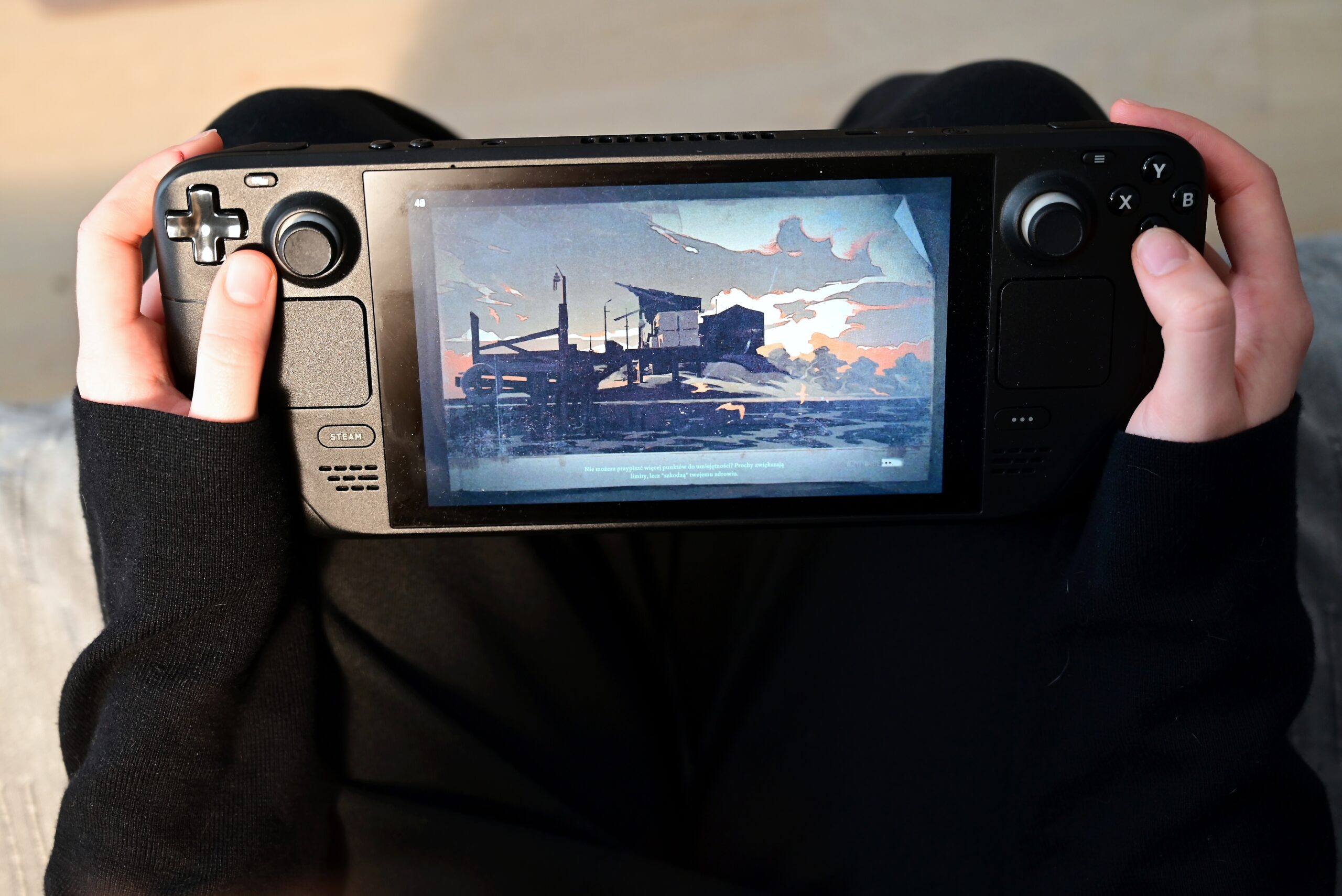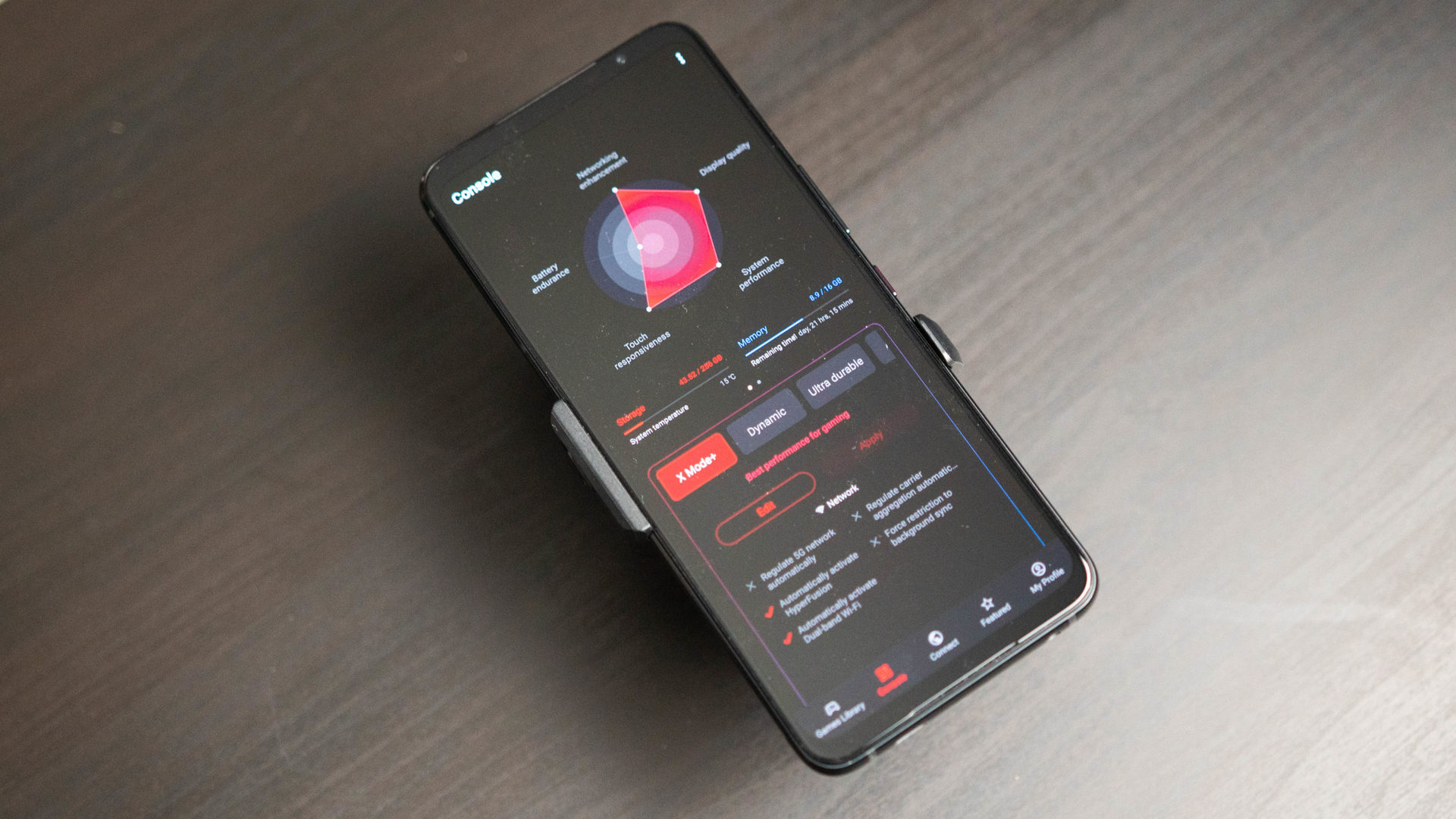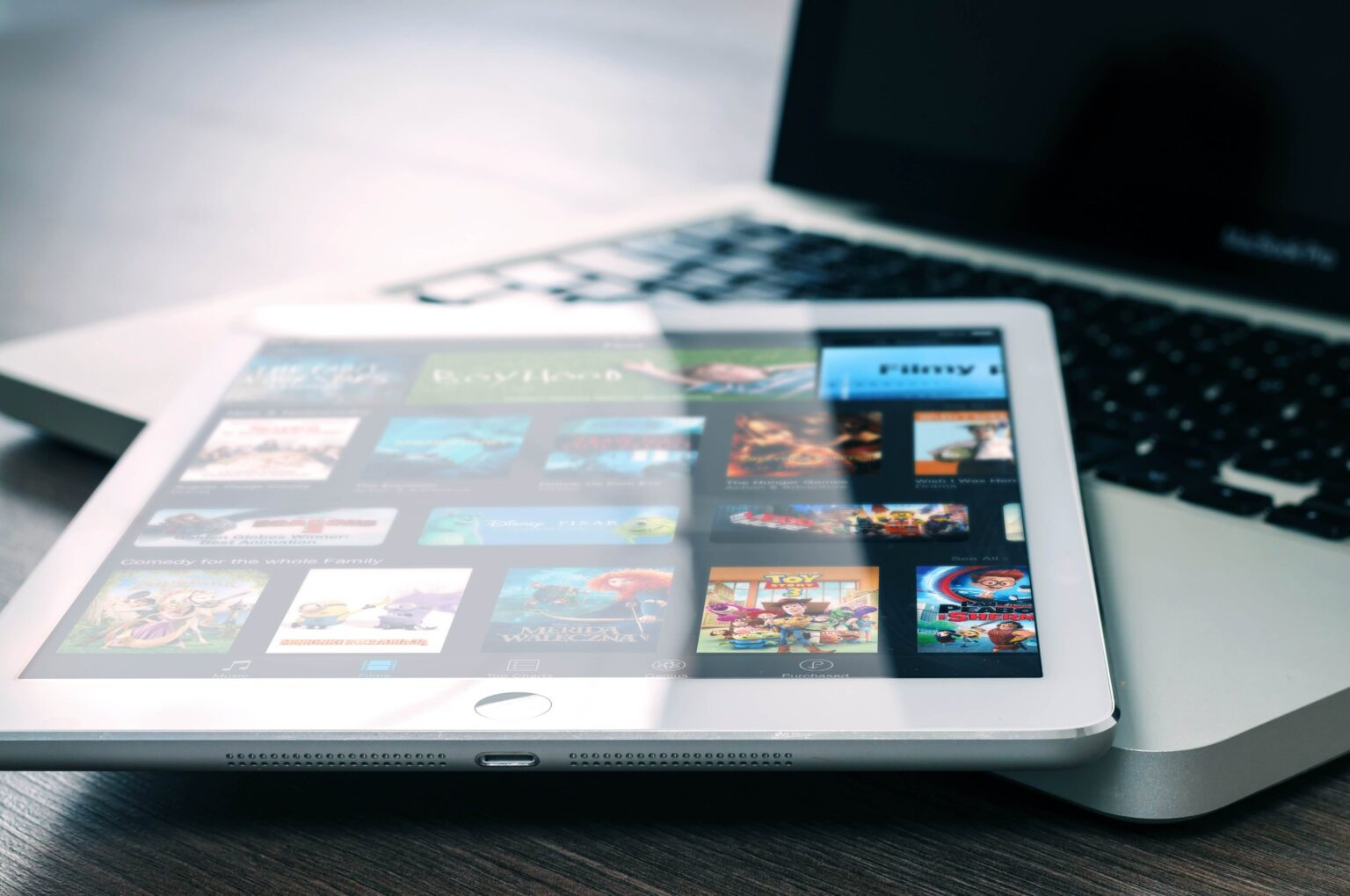Are you considering emulation on your tablet but don’t know where to start? Don’t worry, you’re in the right place.
This guide will show you exactly how to get started and provide all the information you need to succeed. With our expert advice and support, you’ll be ready to discover the amazing world of emulation on tablets.
Tablets are rapidly emerging as the go-to devices for business professionals, creative power users, and home users alike. With the multitude of hardware and software options today, it can be difficult to know where to start. Fortunately, emulation on tablets is no longer a complicated task.
This guide will provide an overview of what you need to know about emulation on tablets. We’ll cover topics such as hardware requirements, software options, common features and settings, techniques for troubleshooting common issues, and more. Whether you’re looking to run classic games or gain access to unique applications that only run on legacy systems, your tablet can be the ideal platform for emulation. Let’s get started!

Explanation of the topic
Nowadays, emulation on tablets is becoming increasingly popular as people seek to play the classic arcade games they remember or discover new games from other consoles. As such, it’s important to understand what this term means and how it works on your device. In essence, emulation software re-creates the circuitry of another piece of hardware, allowing you to access programs on any platform as long as you have access to the right files.
By emulating a console or specific machine on your tablet, you can gain access to all kinds of different software and games. Many classic arcade games have been re-released on various platforms and are now available for download in emulation form for tablets. It’s also possible to play imported ROMs (Read Only Memory files) from other machines such as home consoles or computers.
This allows you to experience games from a variety of platforms without actually having the actual console in front of you. Emulating a game requires downloading an emulator (a program that imitates another system) and adding ROM files for each game that you wish to play. With this setup complete, anytime you want launch one of these titles simply open up the emulation app and load up your game—just like playing it directly on an original system!
Emulation technology is regularly growing more sophisticated; presently there are audio effects, graphics filtering options and savestates available so gamers can quickly pause their progress midgame at any moment before resuming where they left off lateron. Another bonus is that some emulators (such as Retroarch) allow players too pair external controllers in order too replicate the same type of feel that one would find when playing a real console. However due too hardware capabilities such features may vary across device types so it’s important too make sure our device supports whatever options are desired prior too attempting emulation with it.
Purpose of the guide
This comprehensive guide is designed to provide an in-depth look at emulation on tablets and the various technologies that enable it. We will examine the advantages and drawbacks associated with running an emulator, plus detail the different types of emulators available, how they work, and the best method to utilize them.
Additionally, this guide will provide tips on installation and setup of emulators as well as general troubleshooting advice. We have also included a useful FAQ section to help answer any common questions or issues you may encounter while using an emulator on a tablet.
Whether you are looking to explore classic games or simply want to gain a better understanding of this technology, this guide has you covered!
Understanding Emulation
Emulation is the concept of running applications in the software-based virtual environment. It allows us to use a variety of operating systems, programs, and hardware on many different platforms. This means that instead of having hardware dedicated to specific tasks, emulation can integrate a diverse range of equipment and capabilities into one platform. By emulating hardware components on a tablet device, users have access to broader applications that might not be available for their device’s operating system or platform.
In terms of tablets and emulation, there are two primary factors that affect its effectiveness: the ability of the tablet’s processor to support emulation; and the availability of external devices such as keyboards or mice that can improve usability within the emulator software.
The power and speed available from tablets’ embedded processors experience wide variations depending on which model is being used. One common factor to consider is whether one Tablet is powered by an ARM processor (commonly found in mobile devices) or an x86/x64 processor (commonly found in desktop/laptop PCs). ARM processors require emulators specifically designed for mobile devices — many emulators don’t support ARM — while x86/x64 processors offer far more options when it comes to downloading and installing software.
External peripherals are also essential in aiding users who wish to make use of theirTablet’s emulation capabilities, given that many emulators are best suited when used with a traditional keyboard and mouse setup. External input devices such as joysticks and gaming controls can also provide an enhanced user experience when controlling virtual environments via emulation software on Tablets.
Definition of emulation

Emulation refers to the process of imitating the behavior of another particular device, computer system or software program. Emulation is especially useful when attempting to use programs that are designed for a different platform than what you are currently using. Through emulation, the behavior of one system can be accurately duplicated on another with a different hardware architecture and operating system.
For instance, if you wish to run an iOS application on a Windows PC, you can do so by using software that emulates the iOS environment on your Windows device. This type of emulation is generally done through specialized development environments such as virtual machines (VMs), compatibility layers or software development kits (SDKs). In addition to being able to run applications on your device, emulation also makes it possible to save or load state information from saved states or files.
Generally speaking, emulation works by running a program on one type of platform while taking advantage of the capabilities of another. For example, if you want to use an Android app on a MacBook Pro laptop, it is possible through appropriate emulator technology. The same goes for running video games in high definition — because gaming consoles such as Playstation and Xbox use proprietary hardware and software systems, compatible emulators make it possible for PCs and Macs to play these games with relative ease.
How emulation works
In the simplest terms, emulation is a process of using one device to imitate the behavior of another, usually more advanced device. It allows a user to access and use old software or operating systems on their modern technology. It works by using computer code which mimics the electronic circuitry of a physical machine or computer system so that other programs or operating systems can run on it. This code is called an emulator and it operates very similarly to how virtual machines work.
An emulator can give users access to different types of platforms like classic gaming systems and computers made decades ago, like the Apple IIe or Commodore 64. Alternatively, they may be used to emulate an entirely different type of technology such as a smartphone or tablet-like experience on your PC. By running the appropriate software though an emulator built for your existing device, you can enjoy applications designed for an unfamiliar smartphone or tablet type on your own tech!
Types of emulation
When talking about emulation on tablets, there are typically three types of emulation solutions available: hardware emulation, software emulation, and hybrid hardware and software solution.
Hardware emulators typically require specialized hardware components to allow programs to run natively on the device. The advantage of this approach is that programs run at the full speed of the processor, so no matter how good a user’s system is, their speeds will remain the same. The downside is that these solutions can be more expensive than their software counterparts.
Software emulators use translation layers in order to allow programs written for another platform to run on a tablet. This can be done in either interpreted or just-in-time (JIT) mode, with JIT being faster due to its direct compilation process. The benefit of this approach is that it is often cheaper than a dedicated hardware solution and can sometimes offer better performance due to its ability to adjust the emulation code on the fly.
The third type of emulator solution combines both hardware and software components in order to provide an optimized experience while still allowing compatibility with legacy applications. By using both approaches together it allows users to benefit from all the advantages offered by both technologies while avoiding some of their drawbacks as well.
Emulation on Tablets

Tablets offer many opportunities for emulation, including using an Android tablet for gaming. When considering emulation on tablets, it’s best to break it into two categories: native and remote access.
Native emulation allows users to run apps like video game emulators directly on their tablets. Remote access emulation allows users to access servers and computers that are set up with software that allows the user to emulate a particular type of machine or program. Emulating games is possible on both types of tablets, but the setup process is different depending upon the type of emulator being used.
Native Emulation Native emulation runs emulated programs directly on a tablet’s processor, allowing games and applications to be executed quickly and easily with little setup time. Popular emulator programs include mobile versions of classic consoles such as NES or SNES emulators, as well as modern machines like Xbox One or PS4 emulators. While many of these apps are available for free in app stores, there are also subscription services which give users unlimited access to an extensive library of classic titles.
Remote Access Emulation Remote Access Emulation (RAE) requires setting up a computer with appropriate software so that the tablet can connect via a network connection or Bluetooth connection and use the computer’s hardware to emulate various gaming consoles. This can be done either by streaming video from the host computer via a wireless connection or by downloading Direct X packages so that compatible programs can run directly on the tablet itself without needing to stream data from another PC. This process requires knowledge in setting up remote connections between devices, but is actually quite simple once the basics have been established properly. Once connected, games can be streamed smoothly over long distances with no noticeable lag time between input commands and events that take place onscreen in an application or game running on the host computer’s hardware.
Advantages of using tablets for emulation
Tablets offer a number of benefits for emulation that make the process easier and more efficient. The portability factor makes it easy to access your favorite game systems and titles wherever you go. Tablets also provide superior visual quality compared to older consoles and handhelds, which often fail to live up to modern standards. Likewise, tablets have improved audio performance as well, providing clearer sound effects and music than was possible on older consoles.
Tablets also offer much greater control options when playing emulated games than traditional gaming systems or portable consoles do. You can connect wireless controllers to your device or connect with USB controllers if desired, as well as make use of Bluetooth connections for more advanced controls such as pressure-sensitive controls or tilt sensors. Finally, tablets are significantly less expensive than buying a separate console for each game you want to play; therefore, anyone who wishes to experience the classic fun of old-school gaming without the large investment cost can benefit from using emulation on tablets.
Types of tablets suitable for emulation
When it comes to tablet emulation, there are a few different types of tablets available on the market that are suitable for such activities. The type of tablet you get will depend largely on what kind of emulation activities you are looking to do, and your budget.
Android tablets: Android tablets come in many different sizes and varieties with different specs and features, making them great for use in emulation as they often come with very reliable hardware that can handle more demanding emulation applications. Most Android tablets come equipped with touchscreen displays as well, which can be used to control some emulations (depending on the app being installed).
iPad: The iPad is another popular choice when it comes to tablet gaming and emulation. Thanks to its sleek design, large display size, and powerful processor—the latest iPad models have been incredibly well-received by gamers looking to replicate their favorite titles from several decades ago. However, it’s important to consider Apple’s restrictions when using iPads as they often don’t allow certain emulators such as GBA4iOS or SNES9x—which can mean downloading emulations isn’t always an easy task like it would be if you have an Android tablet.
Windows: Windows tablets are also becoming increasingly popular for consumers wanting to do some retro game playing on their devices mainly thanks to the easy access of software like BlueStacks—which allows users to download games from the Google Play Store directly onto their Windows device (including those from Playstation Network or Steam). Windows devices also feature more powerful hardware than other forms of tablet available making them great for intensive applications for higher-end game playing experiences via emulation.
Limitations of emulation on tablets

Emulation on tablets comes with certain limitations that limit user experience and the available options for game play. For example, many tablets lack the necessary hardware components required for real-time emulation, such as an analog joystick or a D-pad, making it difficult to run console games. Additionally, some games may require multiple button inputs to be simultaneously pressed in order for certain functions or effects to occur, but this is not supported on most tablets.
In addition to hardware limitations, Android emulation is still in its early stages and can’t yet replicate every feature of consoles accurately. You may find that some performance aspects are compromised on tablet platforms due to optimization issues or compatibility problems between consoles and the Android environment. Furthermore, tablet versions of emulated games may have fewer features than their console counterparts due to software limitations and resource constraints.
Conclusion
In conclusion, we’ve seen that emulation on tablets can be a powerful tool for gamers and developers alike. It offers an easy way to make old games playable on a tablet, while also allowing developers to test their applications before production. However, the possibility of viruses, malware and incompatibility issues should be considered when using emulator software.
Before using emulation on tablets, it is important to know about the security implications and compatibility concerns. Likewise, it is important to consider the limitations when investing in hardware for emulation purposes. Knowing these considerations beforehand will make your experience with emulation more enjoyable and secure.
FAQ’s
Can you use emulators on tablets?
Yes, emulators can be used on tablets.
What is requirement for emulator on Android?
The requirement for an emulator on Android includes a suitable processor, sufficient RAM, and enough storage space.
Can you run emulators on a Android tablet?
Yes, emulators can be run on an Android tablet.
What is the need for emulation?
The need for emulation is to allow software or hardware to run on a different platform or environment, which it was not originally designed for.
What is the disadvantage of emulation?
The main disadvantage of emulation is that it can be slow and consume a lot of system resources, which can affect the overall performance of the system.
What are the two types of emulation?
The two types of emulation are hardware emulation and software emulation.
What is the principle of emulation?
The principle of emulation is to replicate the functionality of one system on another system that is different from the original.
What is the concept of emulation?
The concept of emulation involves creating a virtual environment that can mimic the functionality of a different system or hardware.
How do you explain emulation?
Emulation is the process of creating a virtual environment that can replicate the functionality of a different system or hardware. It allows software or hardware to run on a different platform or environment, which it was not originally designed for.
What are the different types of emulation?
The different types of emulation include hardware emulation, software emulation, system emulation, and performance emulation.
See Also:
- Best tablet for emulation 2023
- Best tablet for teachers 2023
- Best tablet for musicians 2023
- Best tablet under $150 2023
- Best tablet for photo editing 2023


